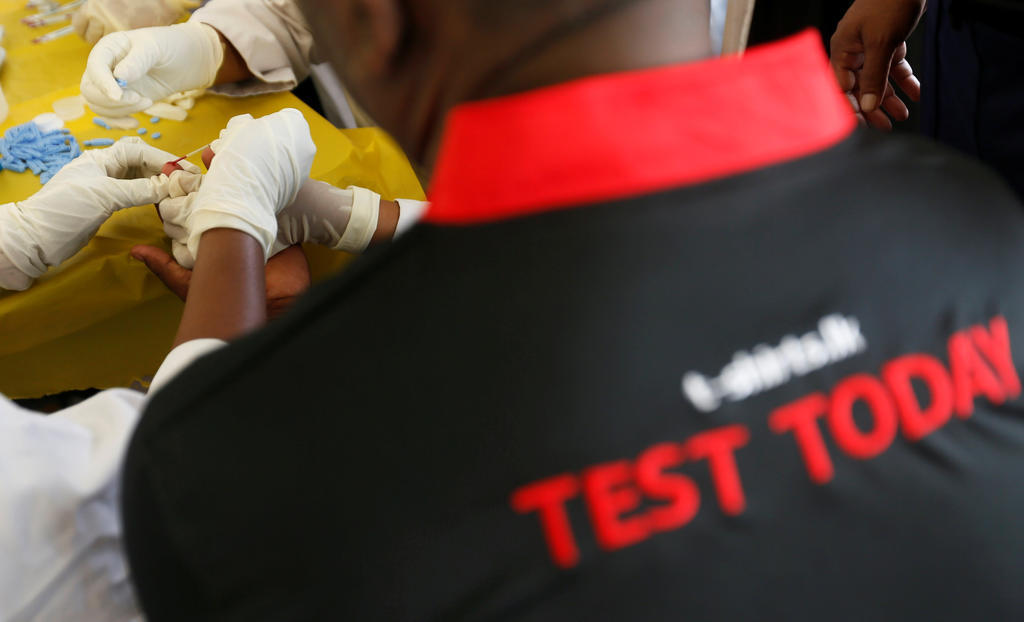A recent study estimated that 210,000 men in Singapore have sex with other men, and they could face a concentrated epidemic of the human immunodeficiency virus (HIV).
Led by Vice Dean (Research), Associate Professor Alex Cook, the study is the first of its kind to estimate the number of people in specific groups in Singapore who are at risk of HIV infection.
There are four key ‘hidden’ population groups most likely to acquire and transmit HIV. They are estimated to be:
- 210,000 men who have sex with men
- 72,000 male clients of female sex workers
- 4,200 female sex workers
- 11,000 intravenous drug users
Singapore does not have a systematic approach to collecting data on the size of these key populations at risk of HIV, which makes it hard to tackle HIV here. The study aims to estimate the sizes of these at-risk groups in order to aid the effective planning of HIV care, treatment and support.
“The national size estimates of at-risk populations generated will help determine the magnitude and resources required for national HIV prevention and intervention efforts,” said the researchers — Mr Alvin Teo, Dr Kiesha Prem, Assistant Professor Mark Chen, Associate Professor Adrian Roellin, Associate Professor Wong Mee Lian, Dr Hanh Hao La and A/Prof Alex Cook.
While the HIV epidemic here is now classified as low level, the researchers noted that it is “likely to be a concentrated epidemic among key populations such as men who have sex with men”.
A representative sample of 199 people in Singapore was surveyed from July to August 2017, when they were asked how many people they knew belonged to the hidden population groups. The network scale-up method was then used to arrive at the numbers, where the population sizes of the at-risk groups were estimated from the respondents’ personal network size.
The study method has been done previously in various countries such as Ghana, Iran and Japan to estimate the size of hard-to-reach populations at risk of HIV.
“It yielded important information for individual country-level HIV prevention programme planning, monitoring and evaluation,” they said.
Media coverage:
- Study estimates 210,000 men have sex with men in S’pore, at risk of HIV, TODAY, 4 June 2019
- 调查:女性性工作者男嫖客 属感染爱之病高风险群, Shin Min Daily News, 6 June 2019
- Over 200,000 men in Singapore are having sex with other men, NUS study on HIV risk estimates, Business Insider, 7 June 2019
(Header image from Reuters)


